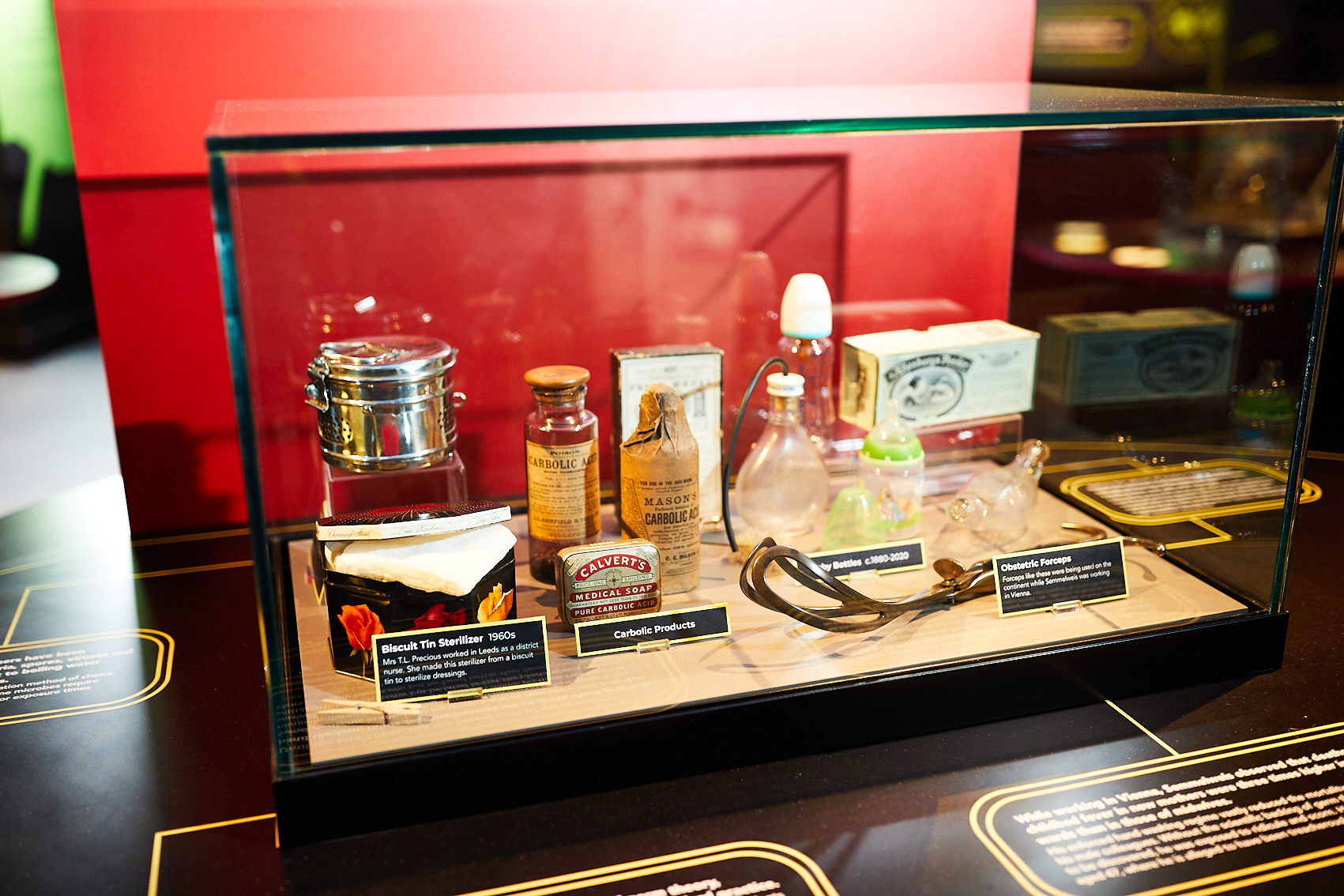Stay in touch with the latest news from AIM and get information on sector grants, jobs and events with our free fortnightly E-News.
Love and the long view

Museums must change their habits for the Post-COVID world – we have a challenge to help communities fall in love with us again, says Nat Edwards, Chief Executive, Thackray Museum of Medicine.
As someone who has worked in museums for over 30 years, I acutely feel the loss of a material connection with the heritage and stories that give substance to my job and even more so, the loss of daily contact with the communities that, by bringing the heritage to life, give it meaning.
For one COVID-related reason or another, our wonderful Thackray Museum of Medicine hasn’t seen a visitor cross its threshold since the Pandemic began. This feels counterintuitive for a museum that offers a long view of public health and infectious disease, where communities can grow their understanding of today’s challenges, armed with the knowledge of how people have overcome those of the past. It feels counterintuitive to have been closed under Tier 3 restrictions by a Government that had generously funded our preparations to allow us to provide a COVID-safe place for the community to visit. It feels just plain wrong to walk through newly refurbished galleries empty of people, while our conference centre is jammed to the gunnels, hosting a busy vaccination centre (we were the first museum to see a vaccination centre up and running).
Derby Museums’ Executive Director, Tony Butler, often quotes Satish Kumar’s assertion that, counter to its daily degradation in a consumer society, museums raise matter up. It’s a nice sentiment but I think he’s wrong. It’s not museums that elevate our material culture but people. Museums are just the structures they have created to give themselves the space to do it and which, without those people, revert to dead places full of dead stuff.
There is a real danger of a creeping necrosis across our sector as we approach a year of COVID closures and isolation. Already many museums, from small independents to the Nationals, are announcing partial closures and cuts. Many have been able to keep going thanks to enormous generosity from funders, charitable giving and the Government’s own emergency measures but to do that, we have all had no choice but to stop doing the thing we really love – sharing our actual collections and buildings with actual people.
Of course, we have all tried our hand at digital engagement – and sometimes the results have been inspiring and have opened new possibilities for connecting with people. However, even the best of these initiatives is yet to balance the scales against the loss of contact with our visitors – and the loss of income that comes with them.
Like every museum director, I worry about the public confidence in visiting museums when they fully re-open. More than this, though, I’m worried public habits will have simply changed such that museums no longer occur to them as something to do. We have a challenge to help communities fall in love with us again.
If we are to reconnect with a public that has changed its habits, we are going to have to change our own. We can’t necessarily rely on all of those things that made people love us in the past. We won’t know for sure if people still want them; we might struggle to make a sustainable case for them and we are certainly going to struggle to pay for them. We need to show our public that museums are real assets for their communities that can help make life more bearable, more hopeful and more capable of imagining the future.
That means fairer too. Genuine equity. That means genuine redistribution of power, decision-making and resources and inclusion being represented in all aspects of museums’ work – particularly when it comes to employment, procurement and supply-chain management. To make every penny count, while creating the space to genuinely share, collaborate and innovate, fundamental changes need to be considered in the structures of our organisations and governance.
A new kind of hyper localism is needed, where the really big ideas encapsulated in our museums can be put to the service of communities in myriad ways; co-created locally and coordinated regionally and nationally to share resources and push the very greatest investment closer to the public.
In practical terms that means sharing back-office services, collections management and programming resources – sharing risks and liabilities and possibly even governance – while devolving and distributing delivery across a range of museum and non-museum venues.
We also need to rediscover some of the humility and sense of public service that many of the Victorian museum founders had, rather than seeing ourselves as arbiters of taste or correct thinking. There may have been lockdowns for museum directors, but for the armies of front-line and key workers who have kept them alive for the last year there has just been greater risk, longer hours and fewer places to go with their families in the little spare time they have.
If we consider nothing else, it should be that we have an obligation to say ‘thank you’ to the people who have borne the brunt of the Pandemic. Putting our museums to their service is the least we can do.
